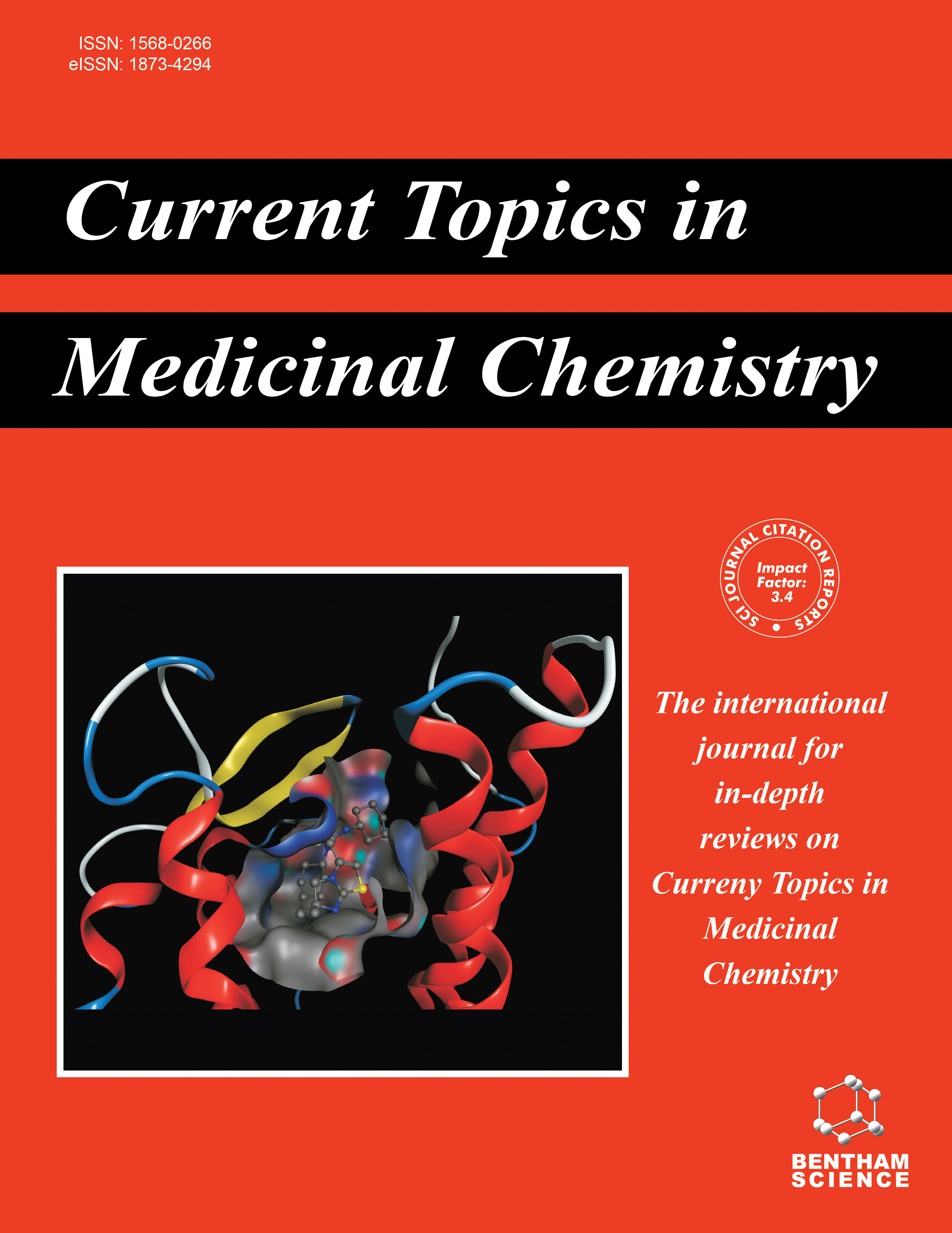
Full text loading...

The dihydroorotate dehydrogenase (DHODH) enzyme plays a crucial role in the de novo pyrimidine biosynthesis pathway, catalysing the conversion of dihydroorotate to orotate in the cells. This pathway is important for the synthesis of nucleic acids and vital molecules essential for homeostasis, cellular functioning, and survival. So, targeting this enzyme can be an effective approach for the treatment of cancer, arthritis, malaria, viral or microbial infections, and other autoimmune diseases.
In this review, we have highlighted the therapeutic implications of DHODH inhibition in cancer, rheumatoid arthritis and multiple sclerosis through an extensive literature survey from various scientific databases like PubMed, Google Scholar, Science Direct, Embase, clinical trials.gov.in, Google Patents, etc.
We have tried to identify the pharmacophores from synthetic, phytochemical, and microbial origins, effective as DHODH inhibitors. The effect of structural changes on activity has been summarised, providing insights into the efficacy and mechanisms of these inhibitors at the molecular level. Furthermore, this review also presents a comprehensive analysis of clinical trials and patents related to DHODH inhibition to extract the valuable information to be used for clinical drug development in cancer, rheumatoid arthritis, and multiple sclerosis.
By integrating data from synthetic, plant, and microbial sources, along with clinical trial and patent outcomes, this review highlights the diverse role of DHODH. Its inhibition offers a more targeted approach to reduce the proliferation of rapidly dividing cells while sparing normal cells, modulating specific immune responses. But, limiting understanding of resistance mechanisms and potential for toxicity are the current challenges. It offers a roadmap for future research and drug discovery endeavours focused on harnessing the beneficial potential of DHODH inhibition, including the development of novel inhibitors with improved selectivity and pharmacokinetics across a wide array of pathological conditions.

Article metrics loading...

Full text loading...
References


Data & Media loading...